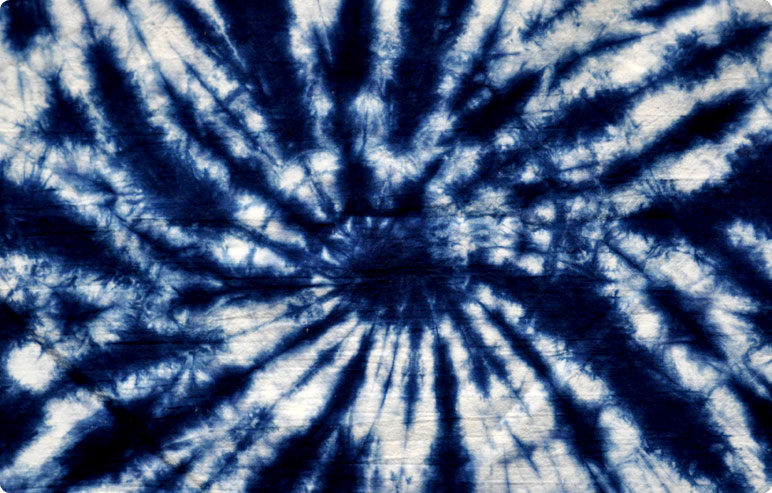best natural indigo dyeing
The Best Natural Indigo Dyeing Techniques for Sustainable Fashion
Indigo dyeing is an age-old craft that has found its place in contemporary sustainable fashion practices. As consumers increasingly seek environmentally friendly options, natural indigo offers a vibrant and sustainable alternative to synthetic dyes. This article delves into the best natural indigo dyeing techniques, exploring methods, benefits, and the beauty of this ancient art.
Understanding Natural Indigo
Indigo, a deep blue dye, is derived from the leaves of certain plants, primarily the Indigofera species. This natural dye has been used for thousands of years across various cultures, from the rich textiles of India to the intricate batiks of Africa. Unlike synthetic dyes, natural indigo is biodegradable, non-toxic, and offers a range of hues from soft sky blue to deep navy, making it an excellent choice for those who value sustainability in their wardrobe.
Preparing for Dyeing
Before diving into the dyeing process, proper preparations are key. Start by selecting the right fabric. Natural fibers like cotton, silk, and linen absorb indigo dye beautifully, yielding vibrant results. Pre-soaking the fabric in a mordant solution—often made from aluminum sulfate or tannins—can enhance color retention and brightness.
Next, prepare the indigo dye. Traditional methods involve fermenting the indigo leaves in a vat, which can be a lengthy process. However, for a more accessible approach, many artisans now use powdered indigo that can be mixed with a reducing agent—such as sodium hydrosulfite or thiourea dioxide—and water to create a dye vat. It’s important to maintain the right pH level, typically slightly alkaline, to facilitate the reduction of indigo to its soluble form, resulting in a greenish dye solution that can then turn blue when exposed to air.
Dyeing Techniques
Once your dye vat is ready, various techniques can be employed to create stunning patterns and designs on fabric. Here are some popular methods
best natural indigo dyeing

1. Shibori This Japanese technique involves folding, binding, or twisting fabric to create intricate patterns. The areas that are tied or bound resist dye uptake, resulting in stunning designs that reveal the fabric's original color in striking juxtaposition.
2. Tie-Dye A more accessible method, tie-dye involves twisting or folding the fabric and securing it with string or rubber bands before immersing it in the indigo dye. The result is a series of unique, spontaneous patterns that celebrate individuality.
3. Batiking This wax-resist dyeing technique involves applying hot wax to the areas of the fabric that you want to preserve, creating intricate designs. After the wax has cooled and hardened, the fabric is immersed in the indigo dye, resulting in a stunning contrast between the rich blue and the untouched fabric.
4. Dip Dyeing This technique involves submerging the fabric partially in the indigo dye bath, creating an ombre effect. This method is particularly popular for scarves and t-shirts, allowing for fluid transitions between colors.
The Benefits of Natural Indigo Dyeing
The benefits of using natural indigo extend beyond aesthetics. Firstly, natural dyes are kinder to the environment. Traditional indigo farming practices promote biodiversity and ecosystem health, as they require less water and chemical fertilizers compared to synthetic dye production.
Secondly, natural indigo offers health benefits as well. It is free from harmful chemicals often found in synthetic dyes, making it safer for artisans and consumers alike. Additionally, the art of natural dyeing promotes traditional craftsmanship, providing income and preserving cultural heritage.
Conclusion
Natural indigo dyeing is not just a craft; it’s a sustainable practice that connects us to the earth and its resources. By choosing natural indigo, we’re not only opting for beautiful, vibrant textiles but also embracing the principles of sustainability and craftsmanship. Whether through shibori, tie-dye, or batik techniques, the possibilities are endless. As the fashion industry continues to evolve, incorporating natural indigo into clothing will ensure that the beauty of this ancient art form endures for generations to come. Embrace the deep blues of indigo and let your creativity flow in this sustainable journey.
-
The Timeless Art of Denim Indigo Dye
NewsJul.01,2025
-
The Rise of Sulfur Dyed Denim
NewsJul.01,2025
-
The Rich Revival of the Best Indigo Dye
NewsJul.01,2025
-
The Enduring Strength of Sulphur Black
NewsJul.01,2025
-
The Ancient Art of Chinese Indigo Dye
NewsJul.01,2025
-
Industry Power of Indigo
NewsJul.01,2025
-
Black Sulfur is Leading the Next Wave
NewsJul.01,2025

Sulphur Black
1.Name: sulphur black; Sulfur Black; Sulphur Black 1;
2.Structure formula:
3.Molecule formula: C6H4N2O5
4.CAS No.: 1326-82-5
5.HS code: 32041911
6.Product specification:Appearance:black phosphorus flakes; black liquid

Bromo Indigo; Vat Bromo-Indigo; C.I.Vat Blue 5
1.Name: Bromo indigo; Vat bromo-indigo; C.I.Vat blue 5;
2.Structure formula:
3.Molecule formula: C16H6Br4N2O2
4.CAS No.: 2475-31-2
5.HS code: 3204151000 6.Major usage and instruction: Be mainly used to dye cotton fabrics.

Indigo Blue Vat Blue
1.Name: indigo blue,vat blue 1,
2.Structure formula:
3.Molecule formula: C16H10N2O2
4.. CAS No.: 482-89-3
5.Molecule weight: 262.62
6.HS code: 3204151000
7.Major usage and instruction: Be mainly used to dye cotton fabrics.

